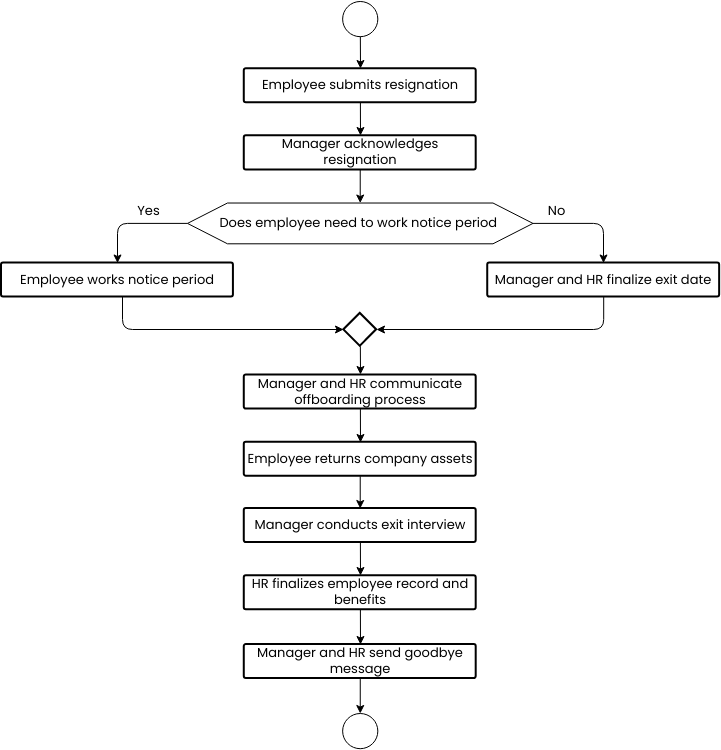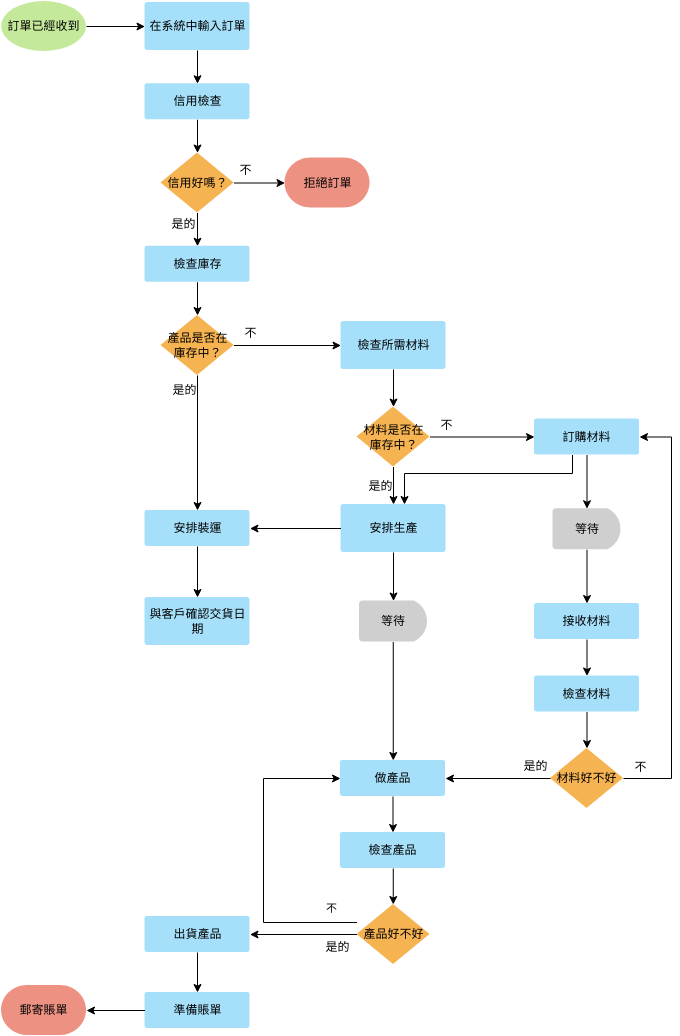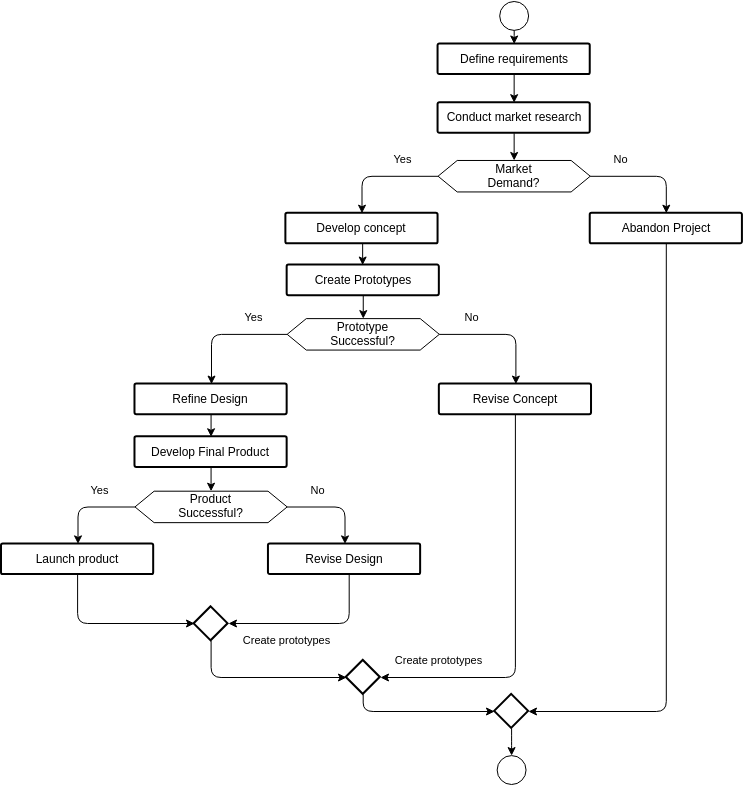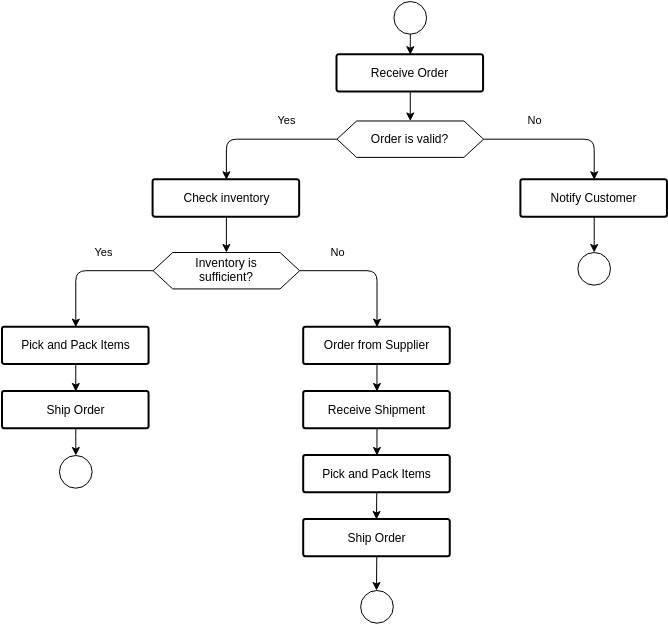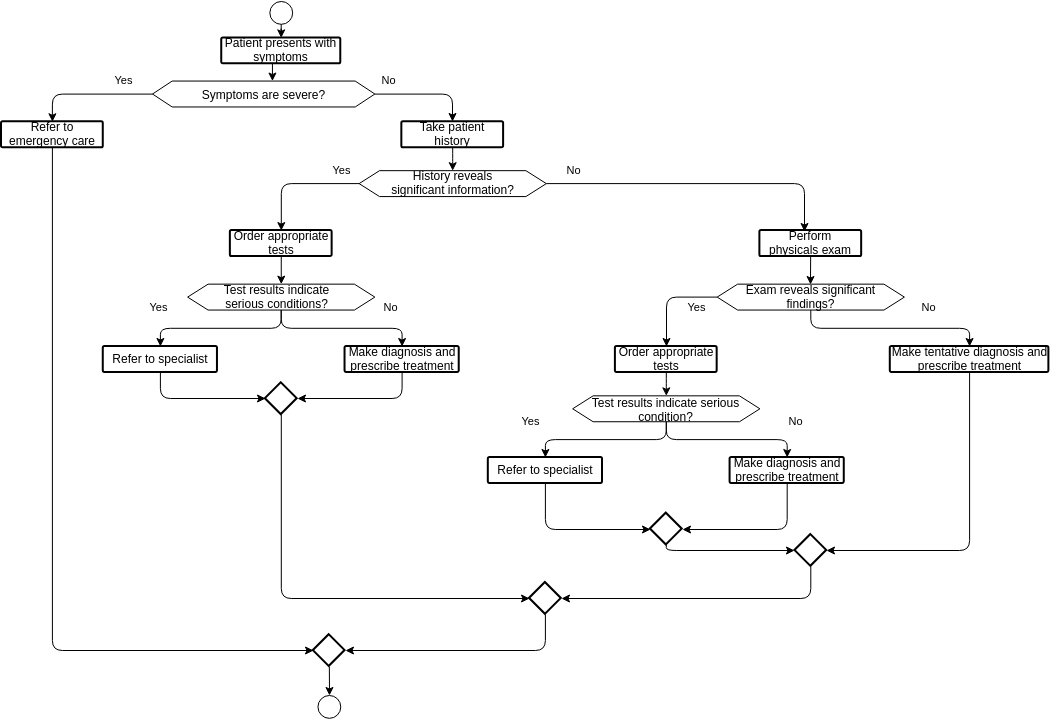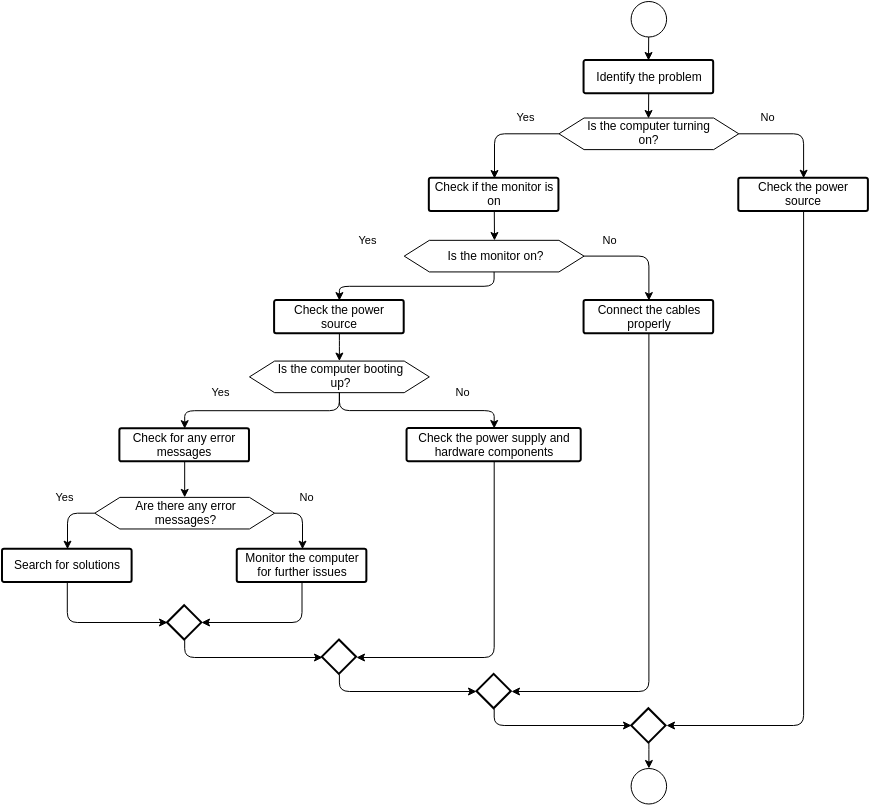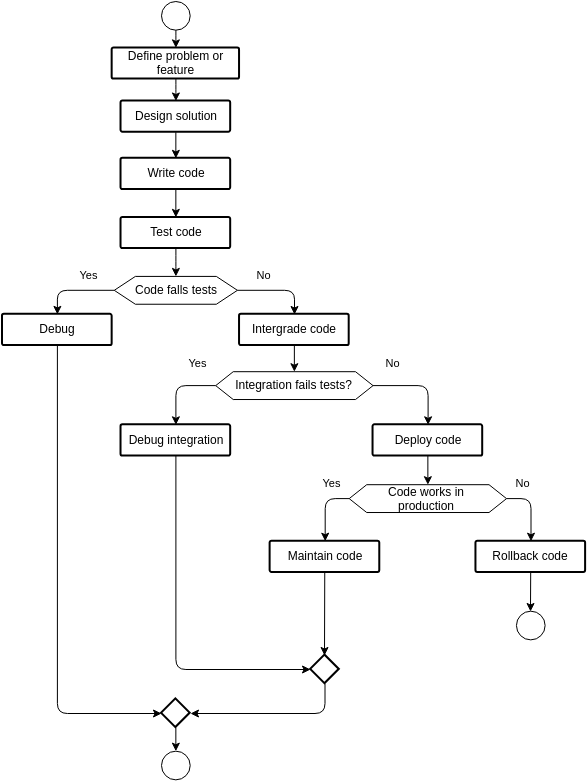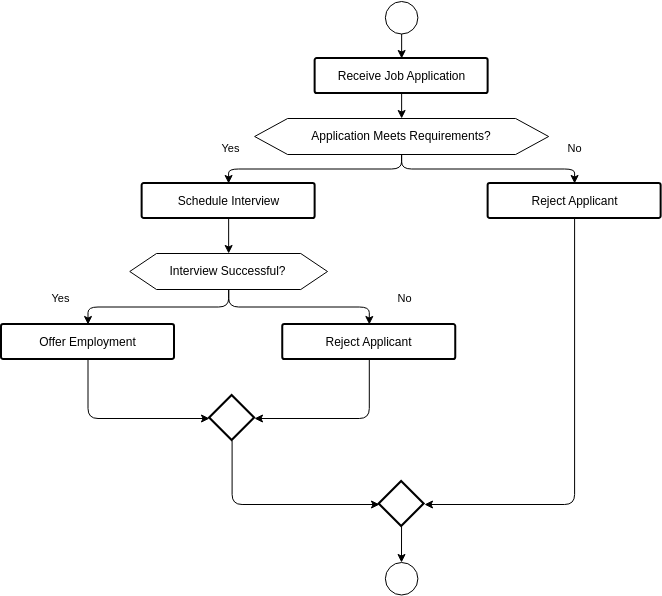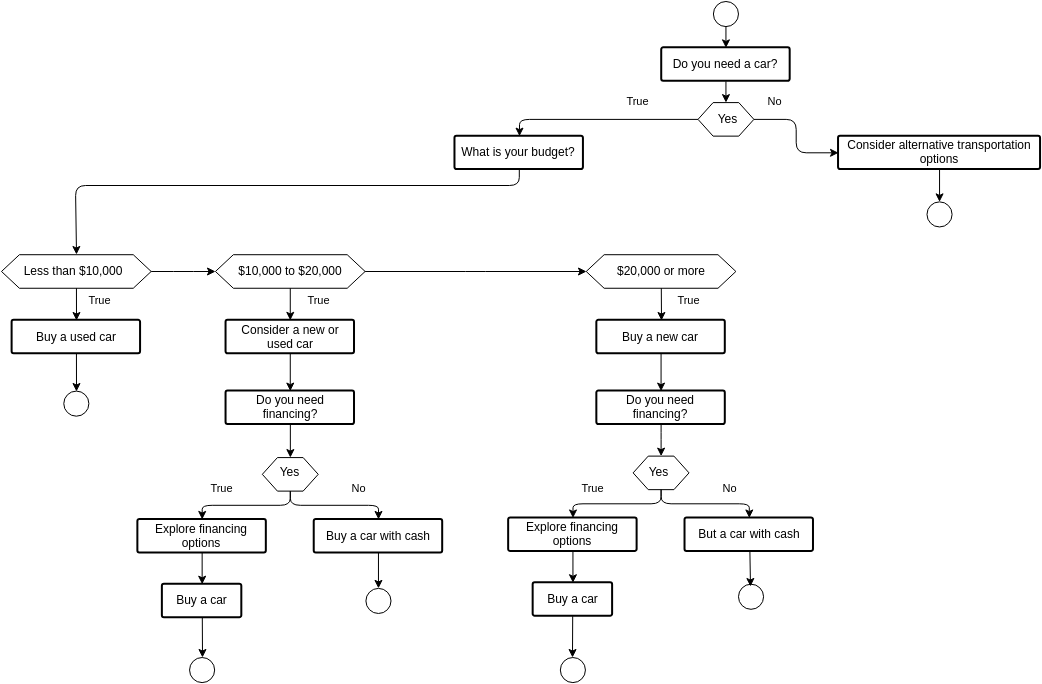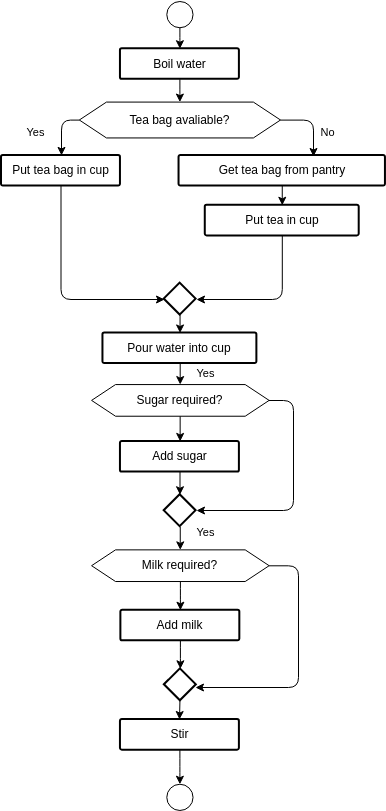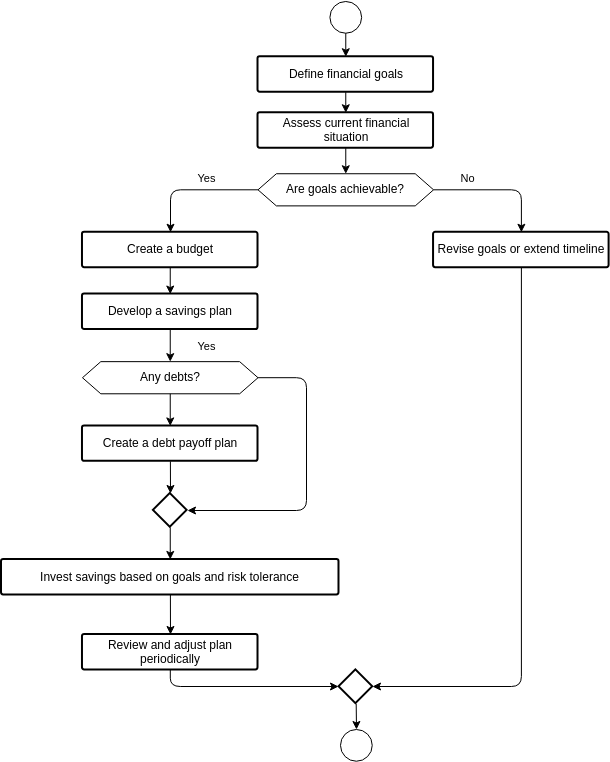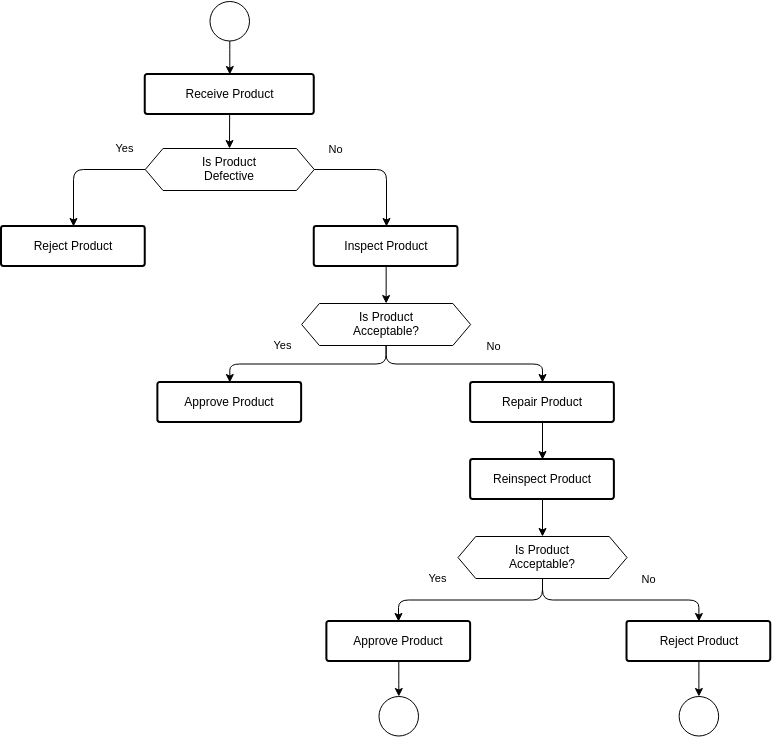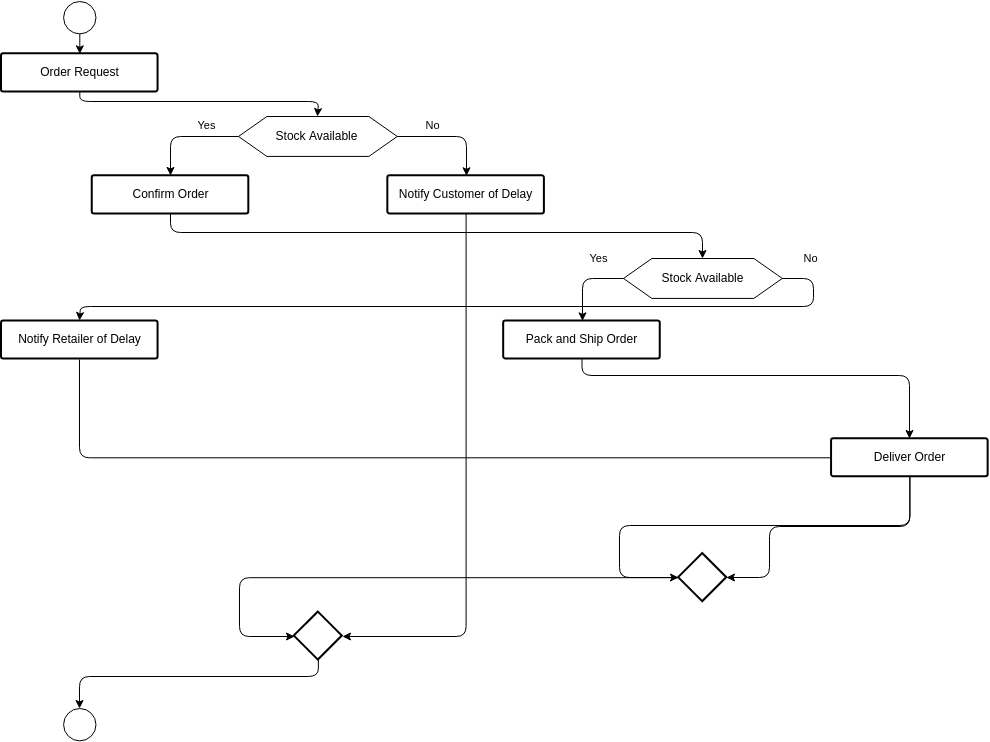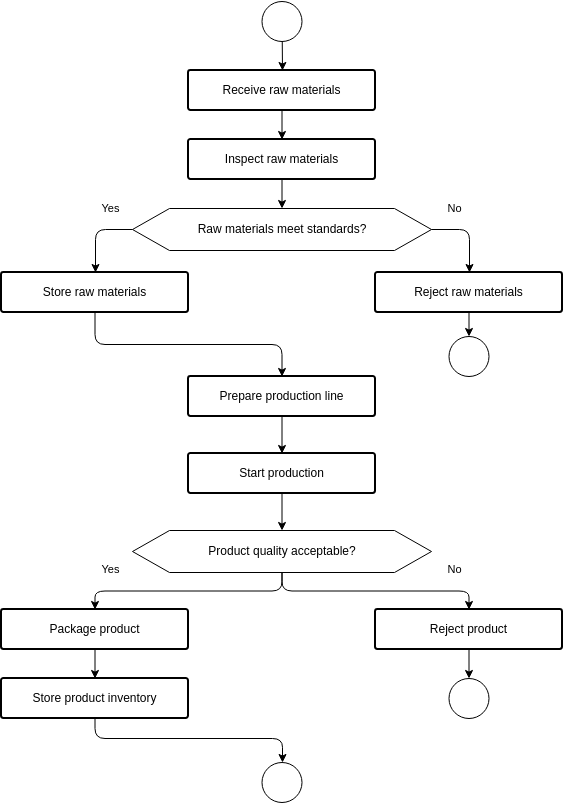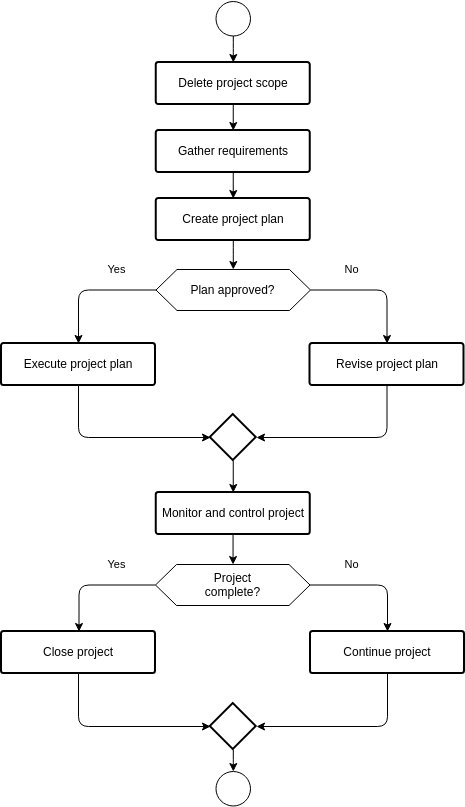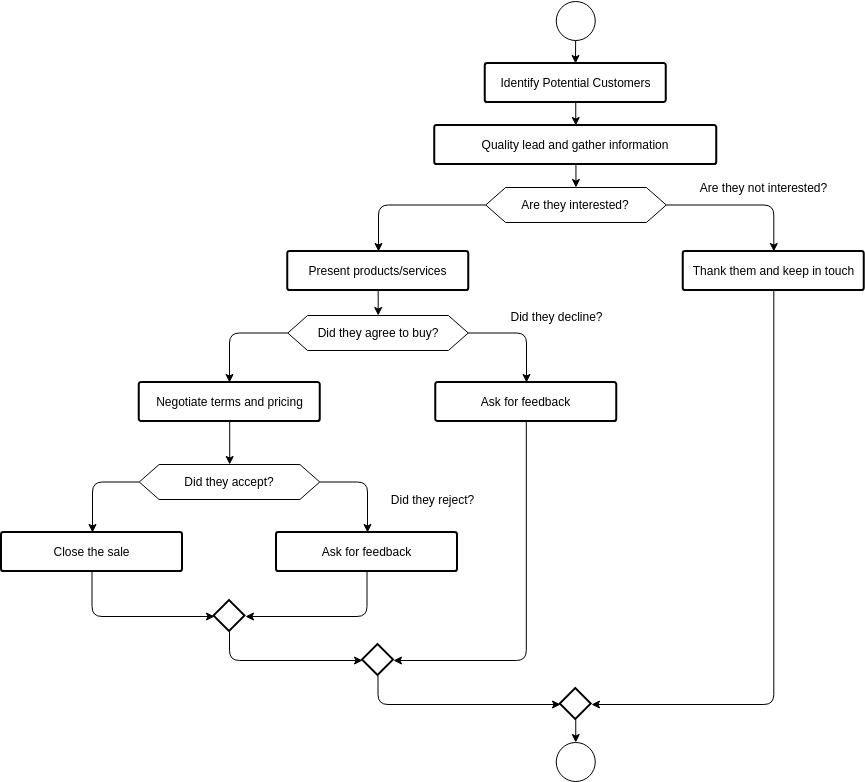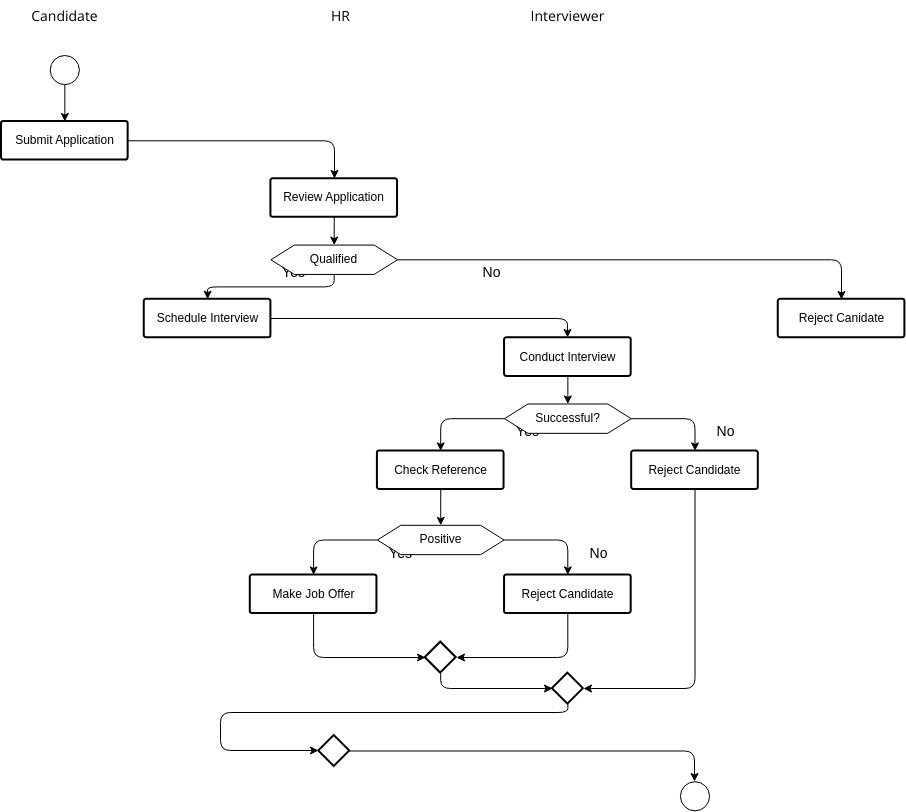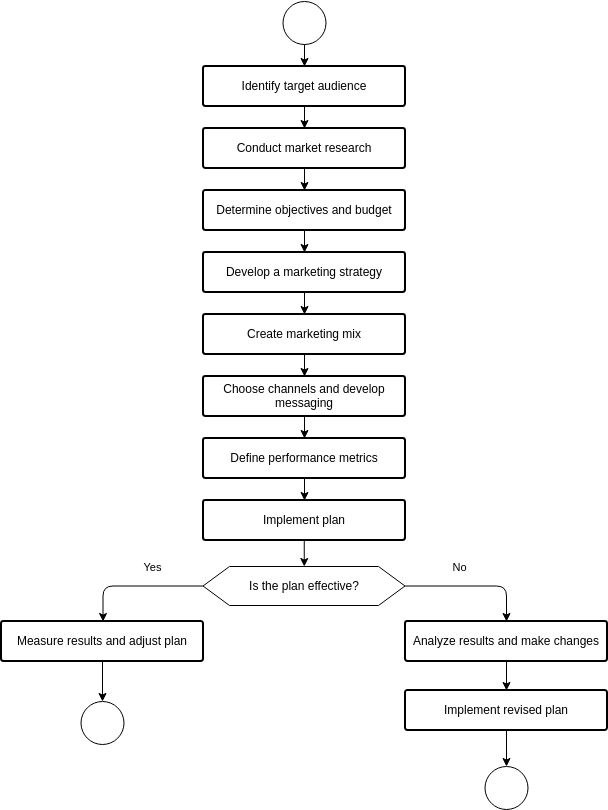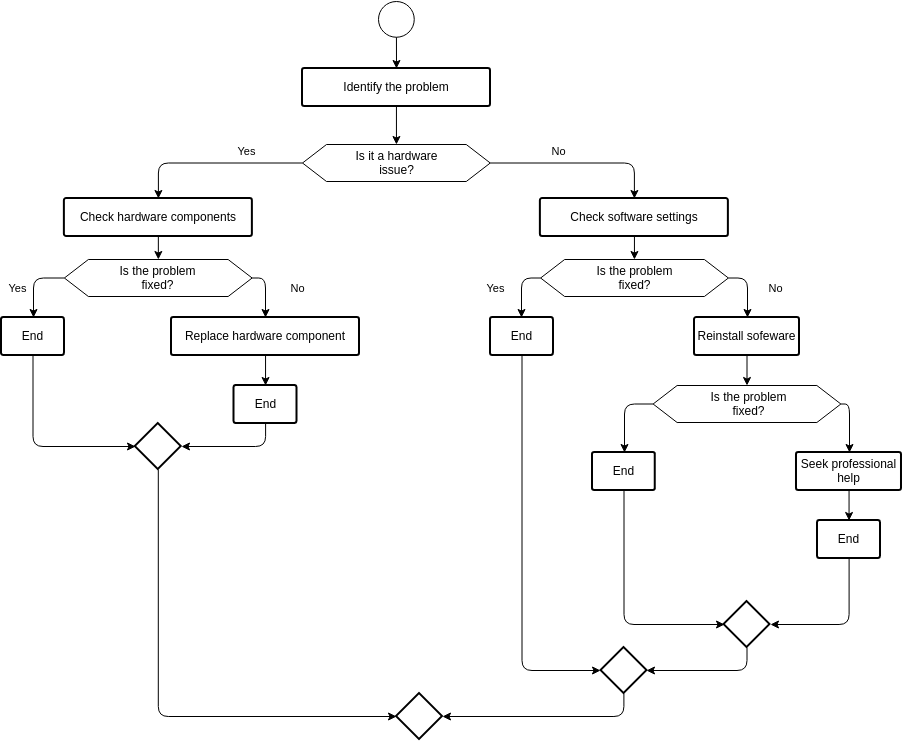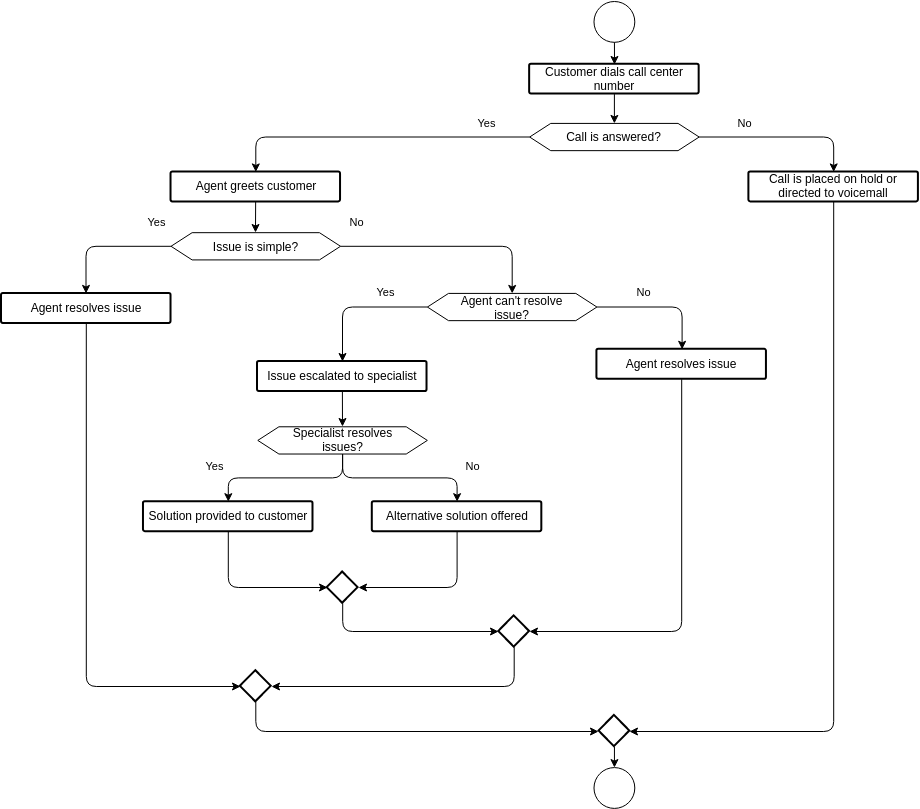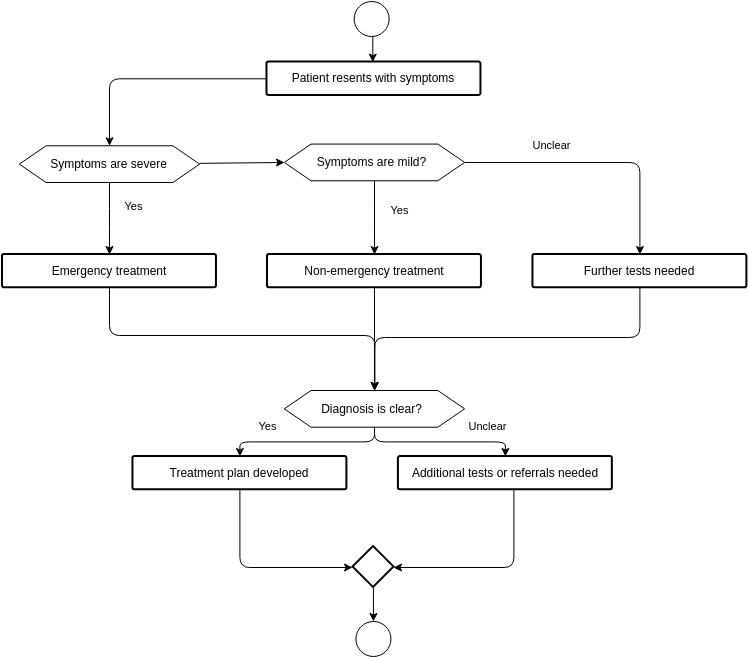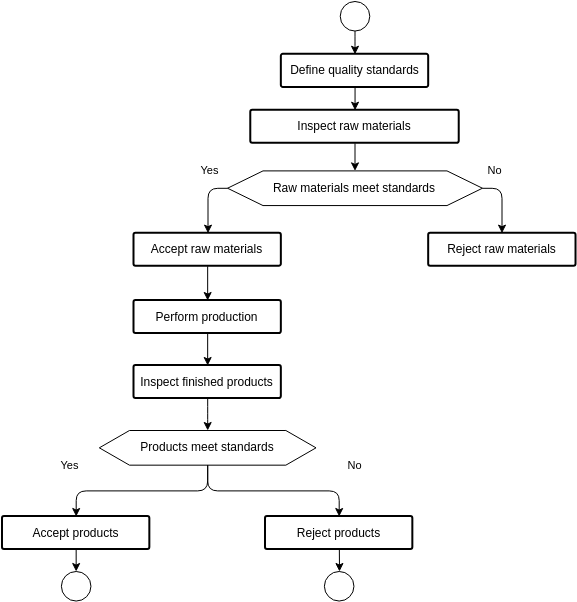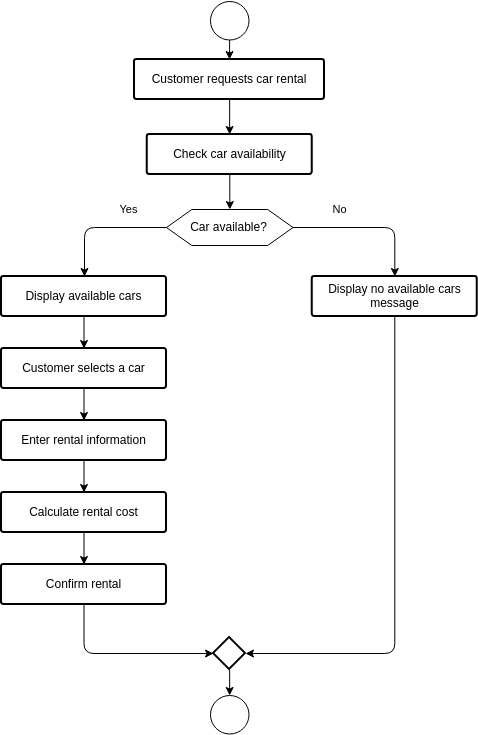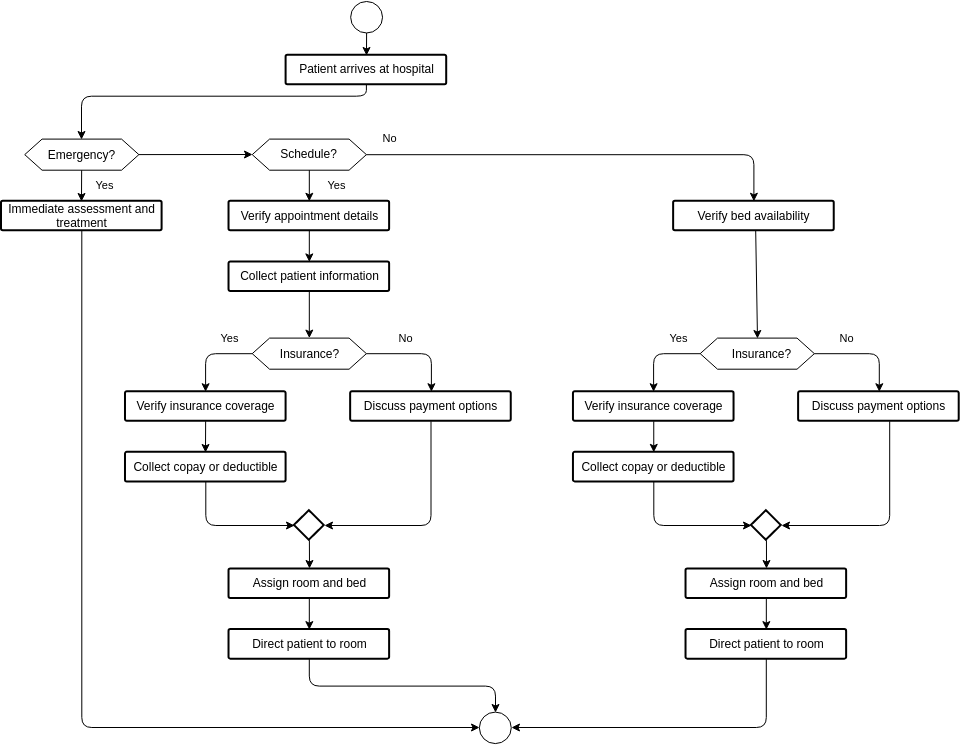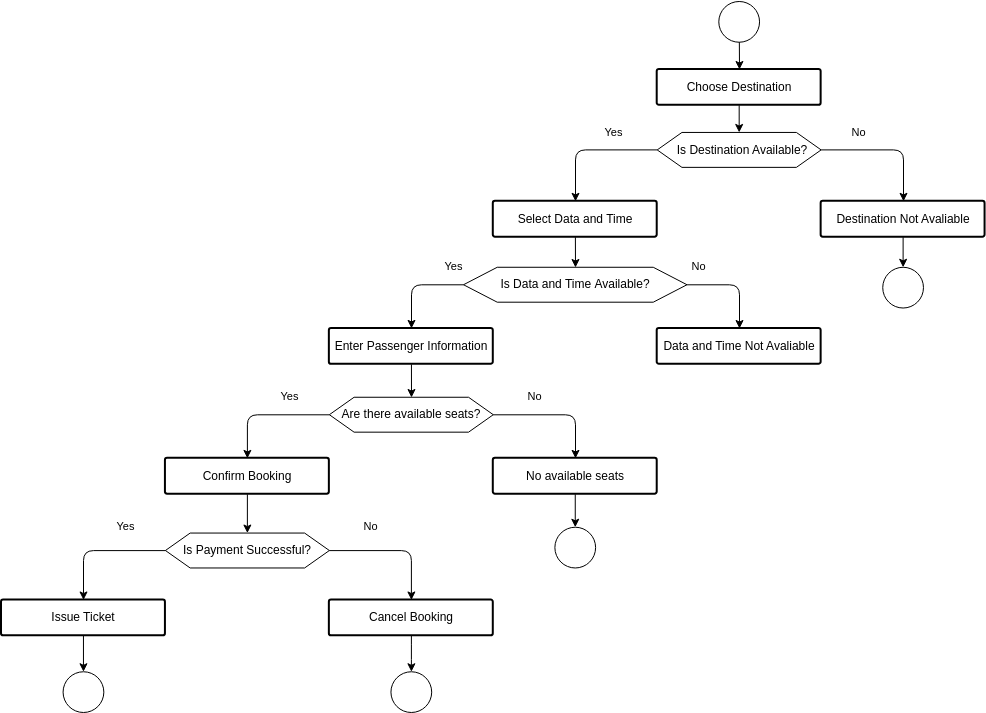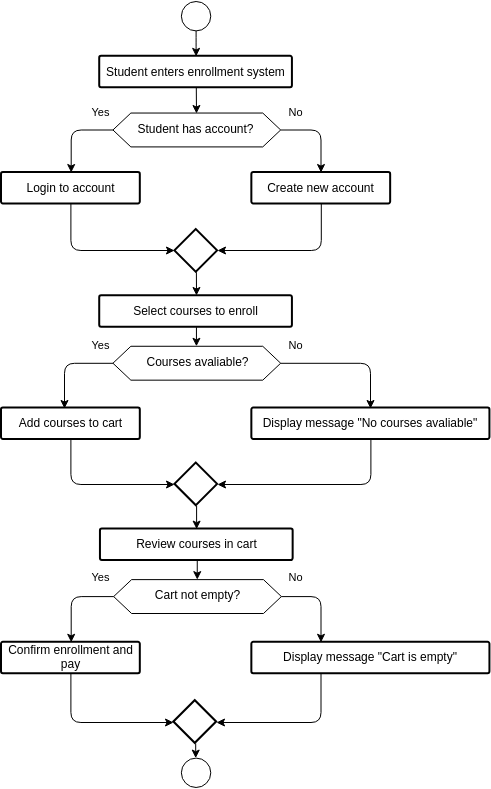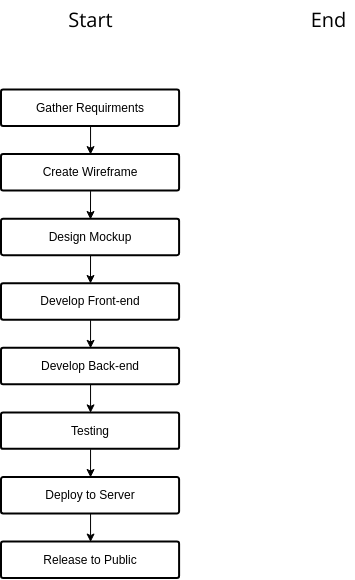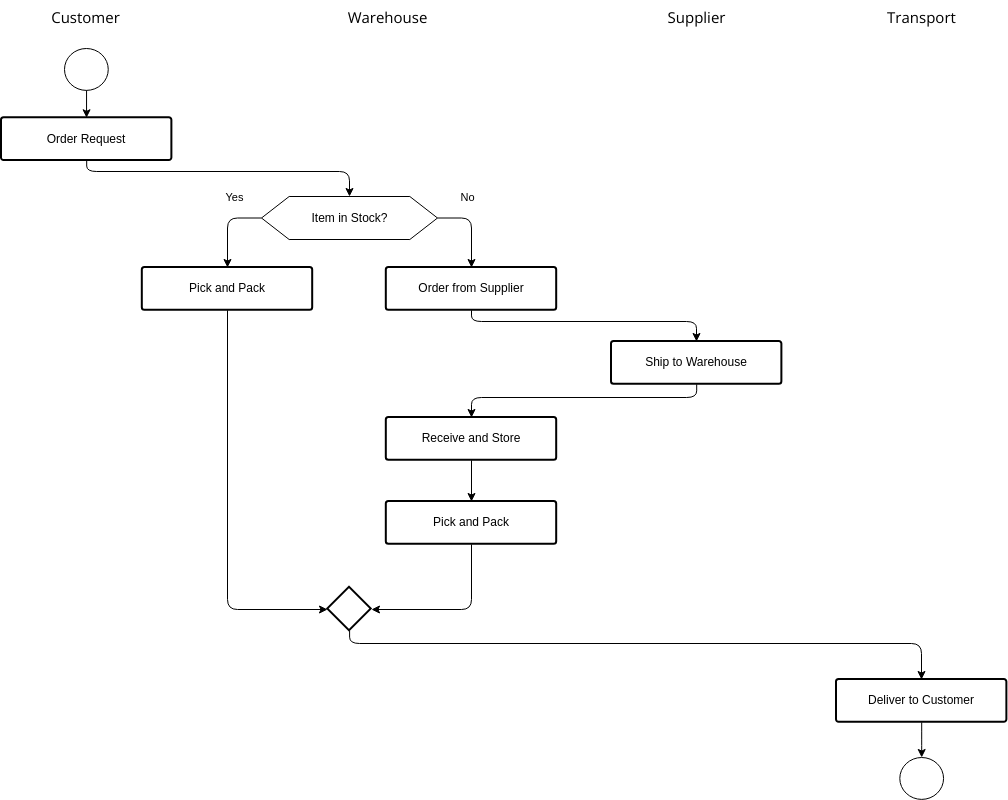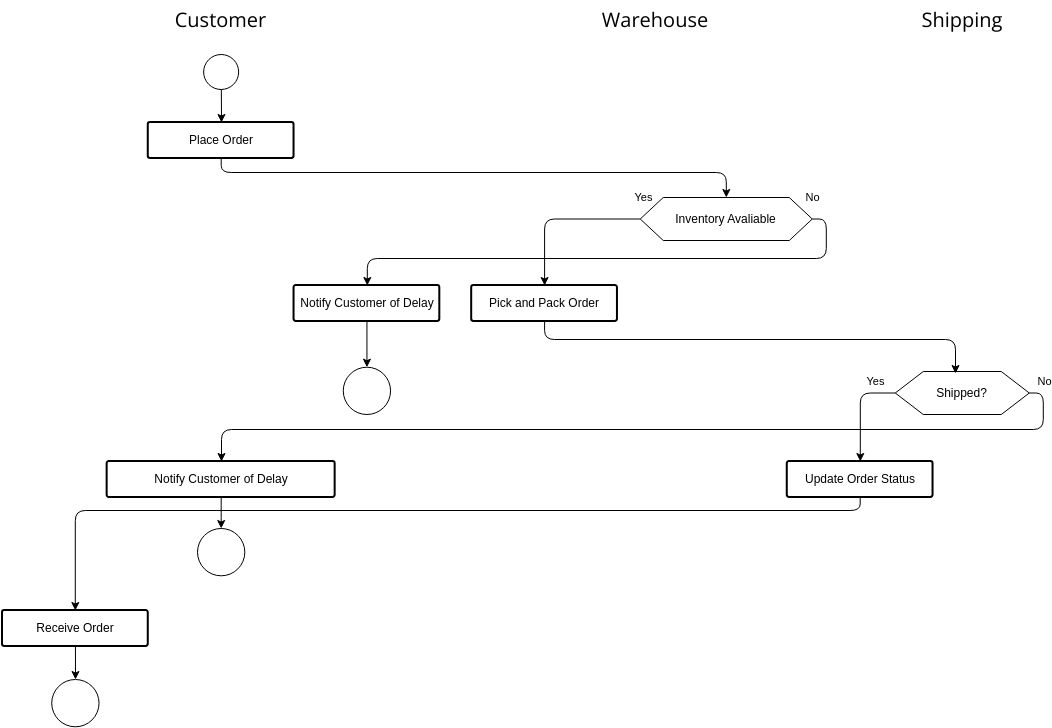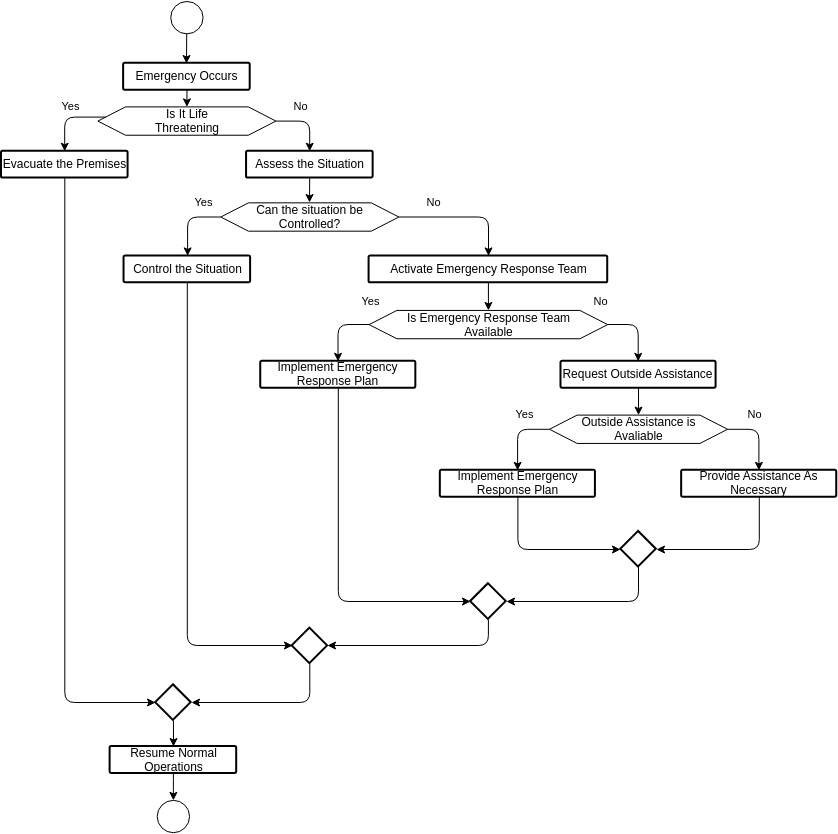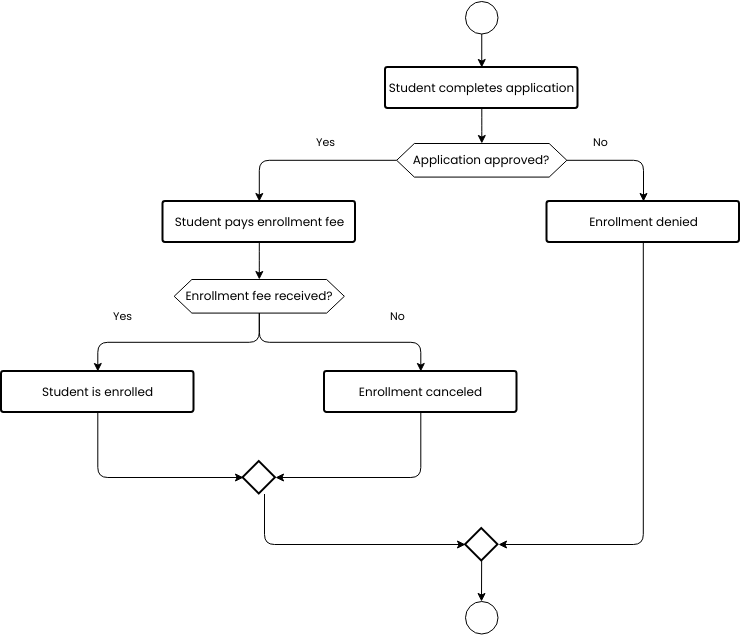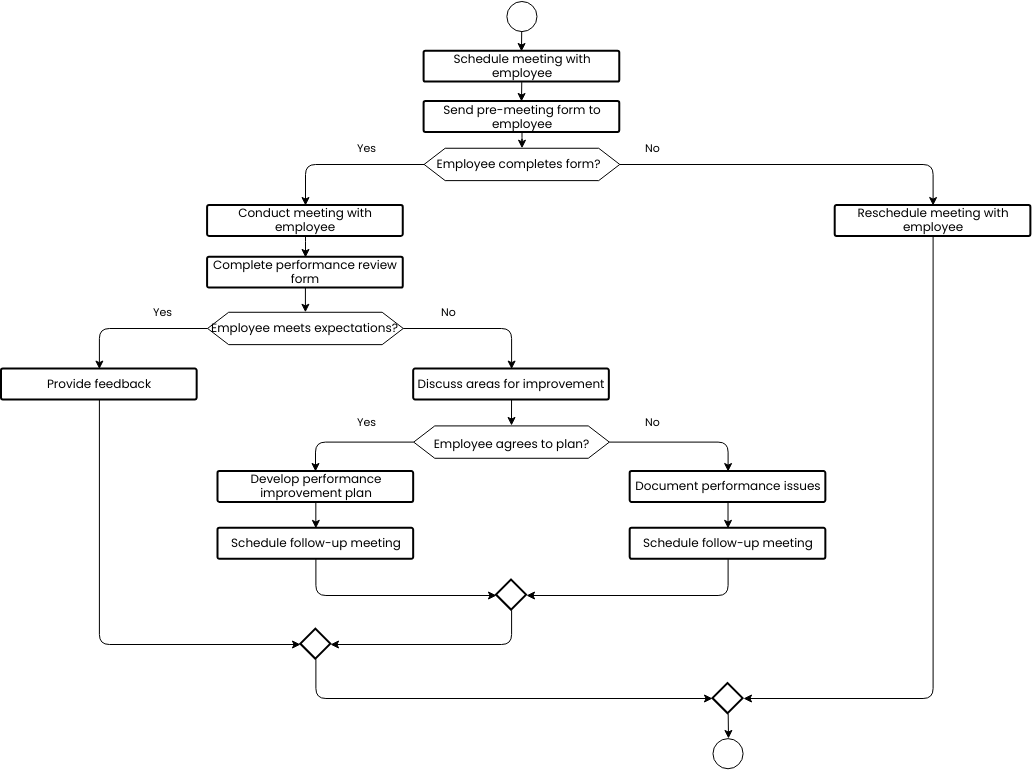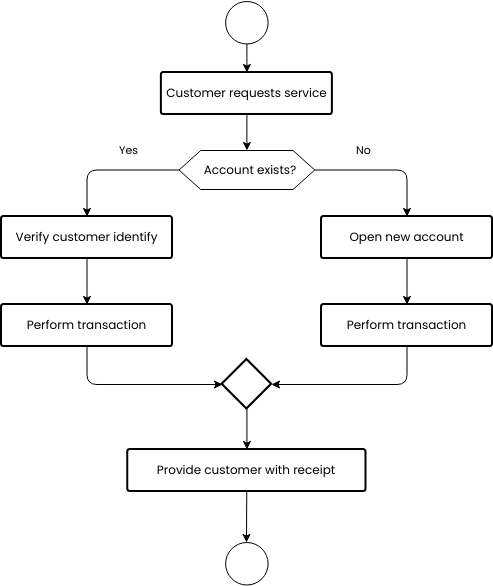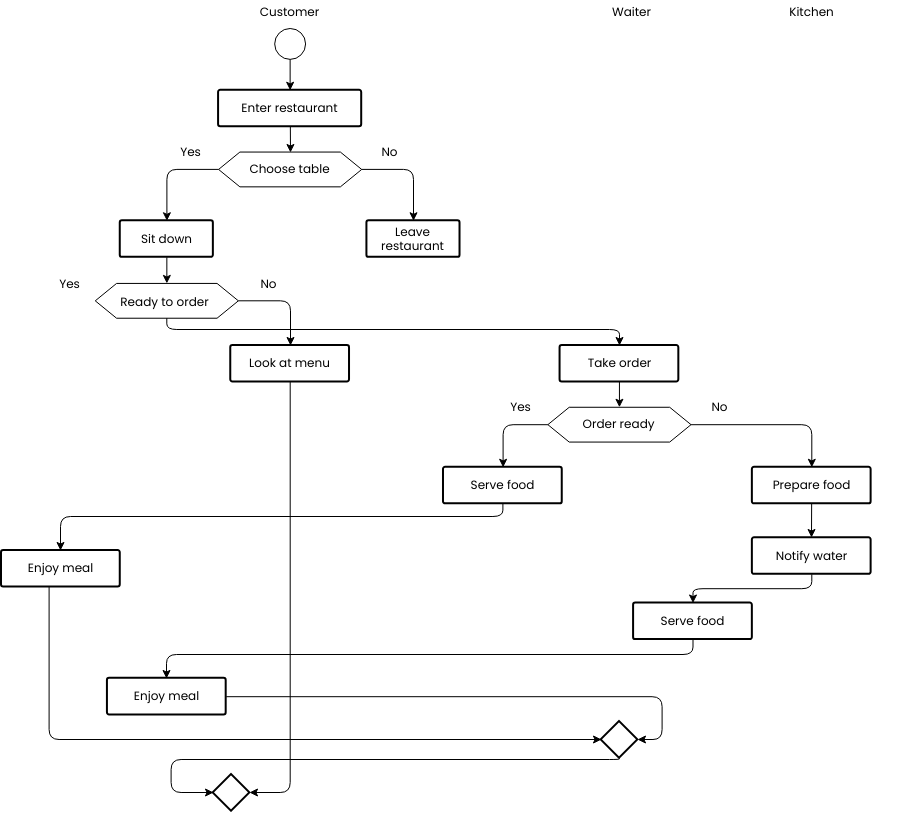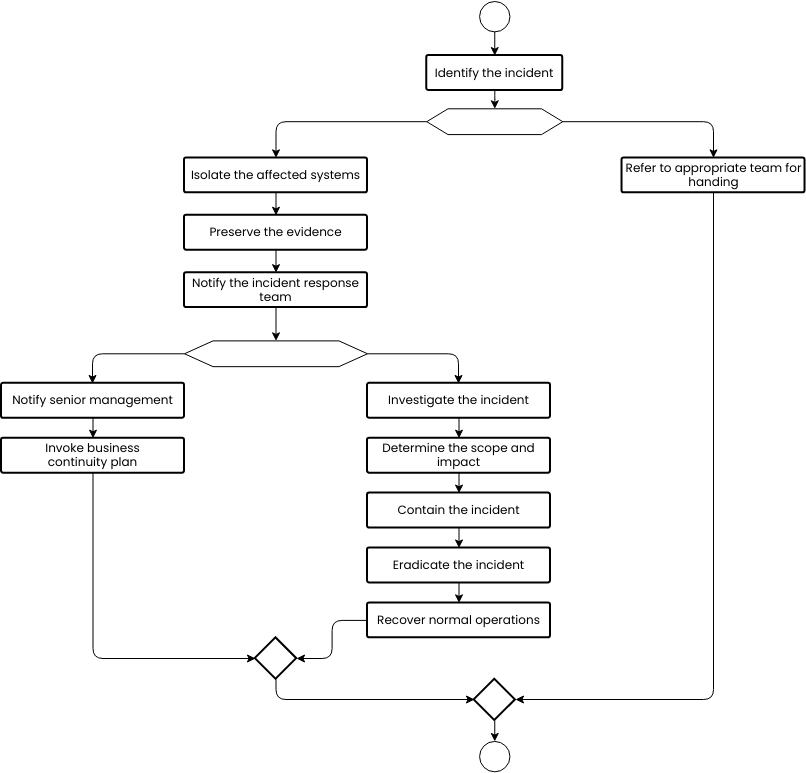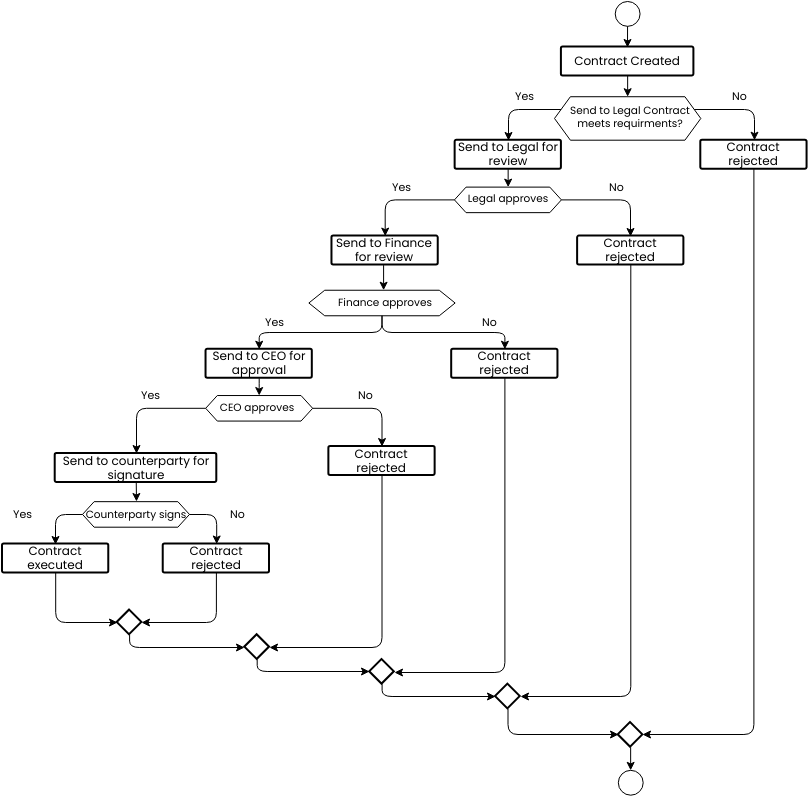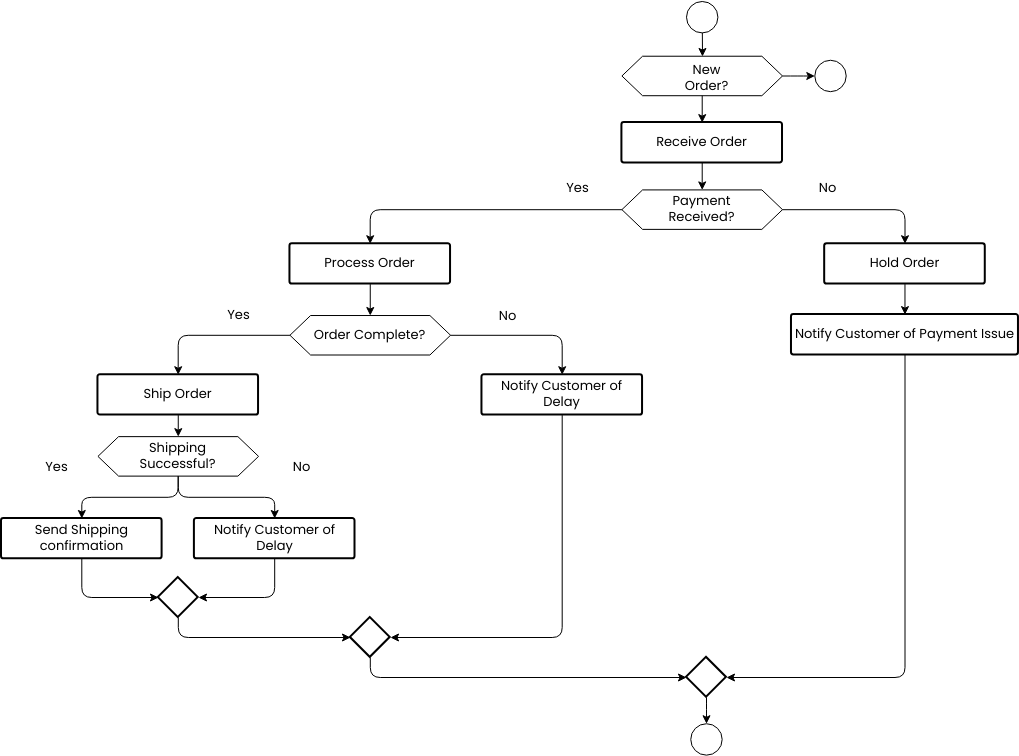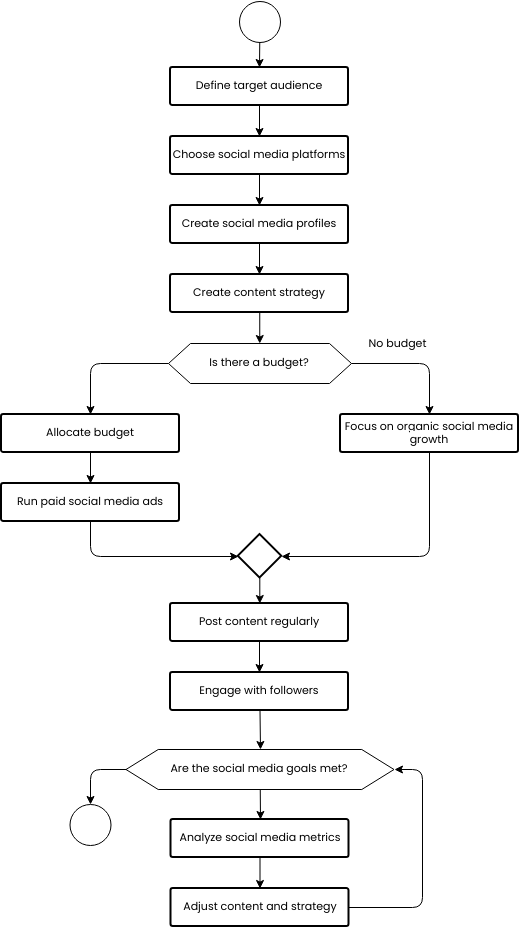Employee Offboarding Flowchart
The Employee Offboarding Flowchart outlines the steps involved in the process of an employee leaving a company. The first step is for the manager to acknowledge the employee's resignation. This involves accepting the resignation and thanking the employee for their contributions to the company. By acknowledging the resignation, managers can maintain positive relationships with departing employees and preserve the company's reputation.
Once the resignation has been acknowledged, the next step is for the employee to work their notice period. During this time, the employee is expected to complete any outstanding tasks and prepare for their transition out of the company. Working the notice period is essential for ensuring a smooth transition and maintaining continuity of business operations.
The next step in the employee offboarding process is for the manager and HR to communicate the offboarding process to the employee. This involves discussing the process for returning company assets, conducting an exit interview, and finalizing the employee's record and benefits. By communicating the offboarding process, businesses can ensure that employees are aware of the steps involved in leaving the company. This can also help preserve positive relationships with departing employees, improving the overall employee experience.
The fourth step in the employee offboarding process is for the employee to return any company assets. This can include items such as laptops, phones, and access badges. By returning company assets, employees can ensure that they are not taking any company property with them and that the company's assets are secure. This can help preserve the company's reputation and ensure that business operations are not disrupted.
The final steps in the employee offboarding process involve conducting an exit interview, finalizing the employee's record and benefits, and sending a goodbye message. The exit interview is an opportunity for the manager to gather feedback from the employee about their experience with the company and identify areas for improvement. Finalizing the employee's record and benefits involves ensuring that all necessary paperwork is completed and that the employee receives any final payments or benefits owed to them. The goodbye message is a final communication from the company to the employee, thanking them for their contributions and wishing them well in their future endeavors. By conducting exit interviews, finalizing records and benefits, and sending goodbye messages, businesses can maintain positive relationships with departing employees and preserve the company's reputation.
Why is it important to create employee offboarding flowchart?
Creating an employee offboarding flowchart is important for businesses because it provides a clear and concise representation of the steps involved in the process of an employee leaving the company. By visualizing the offboarding process, businesses can better understand how it works and identify areas for improvement. This can help businesses optimize their offboarding process for efficiency, reduce errors, and improve consistency.
Additionally, an employee offboarding flowchart can help businesses maintain positive relationships with departing employees and preserve the company's reputation. By following a well-defined offboarding process, businesses can ensure that employees leave on good terms and feel valued for their contributions to the company. This can help preserve positive relationships with departing employees and improve the overall employee experience. Additionally, a well-managed offboarding process can help preserve the company's reputation by ensuring that business operations are not disrupted and that the company's assets are secure.
Do you need templates for flowchart design? Right away, go to Visual Paradigm Online to look at some of your favorite customizable templates.
